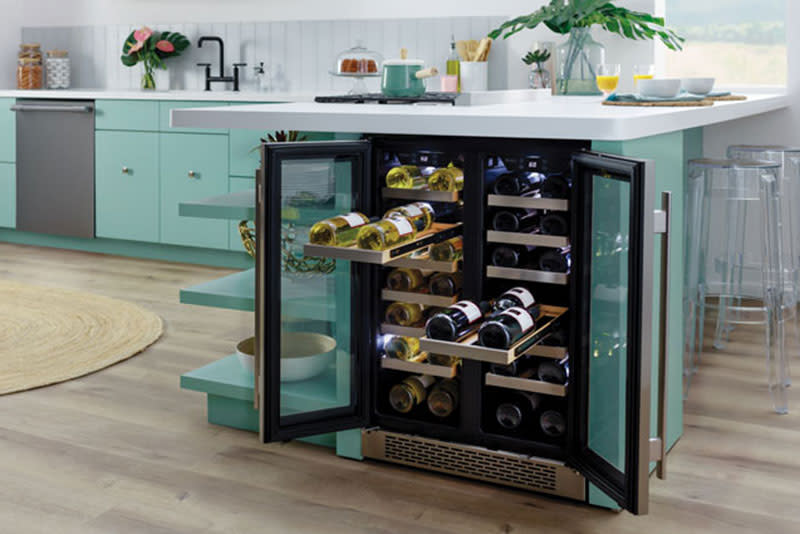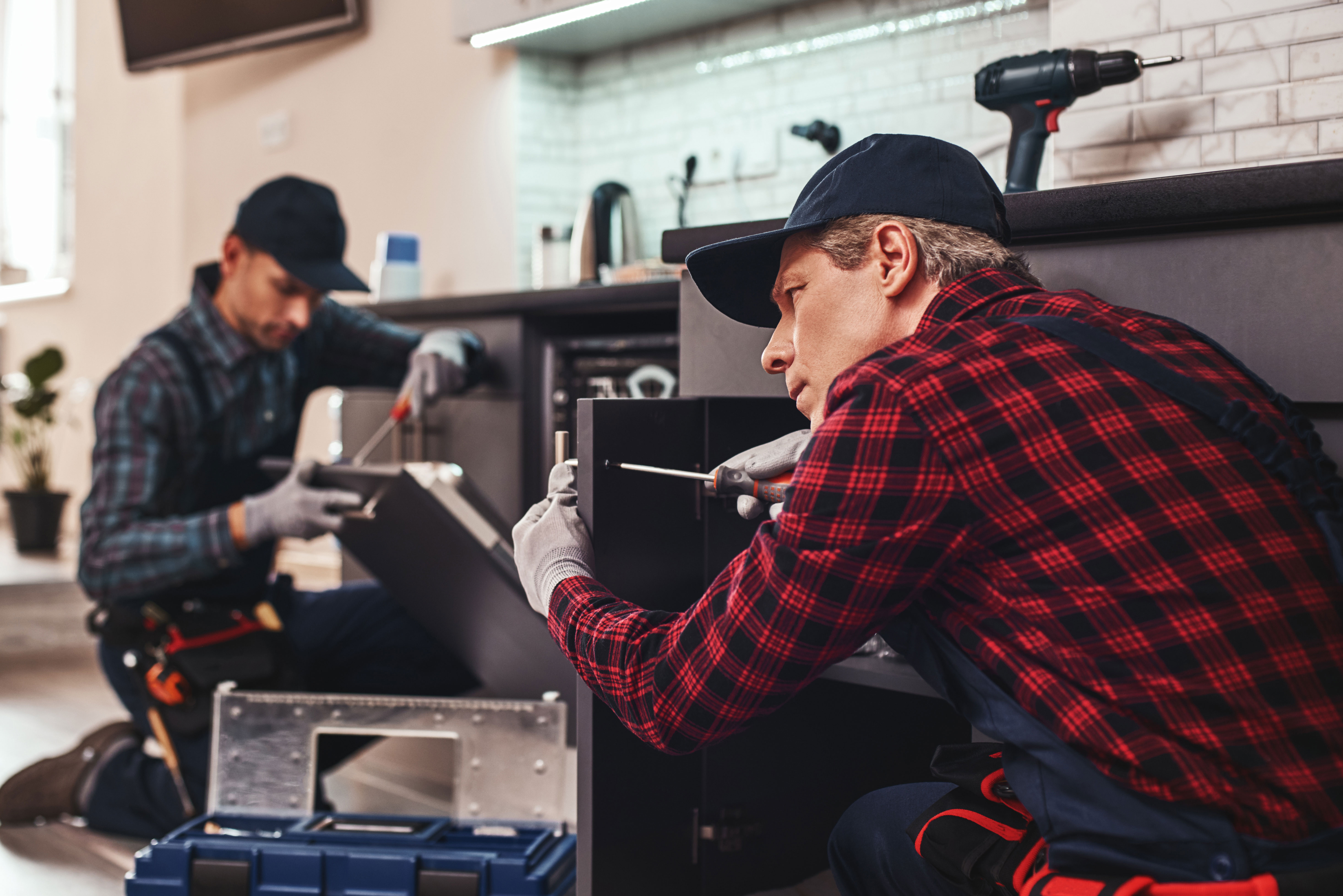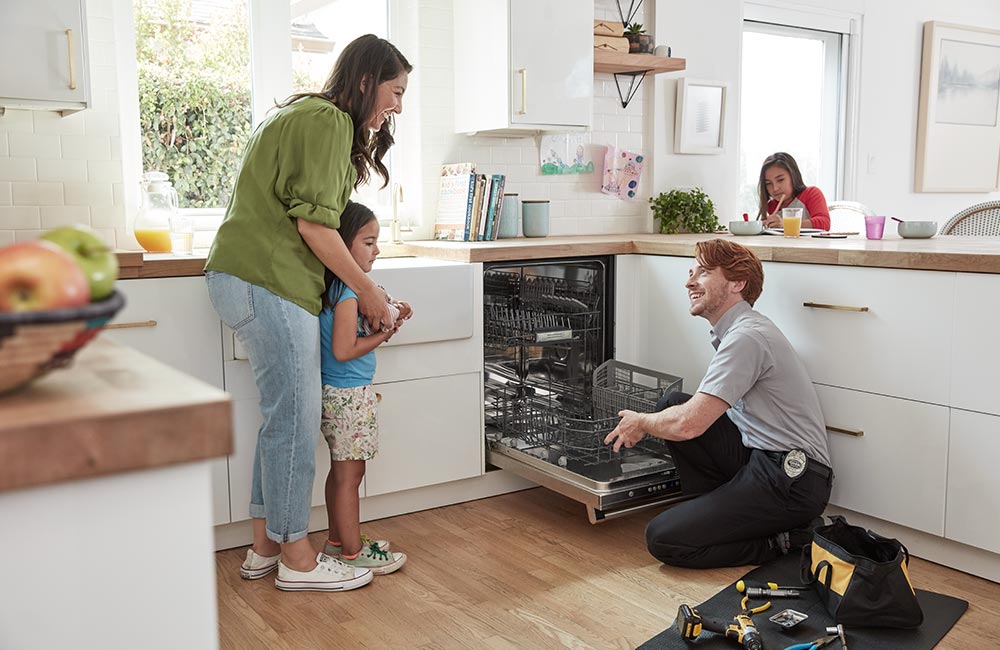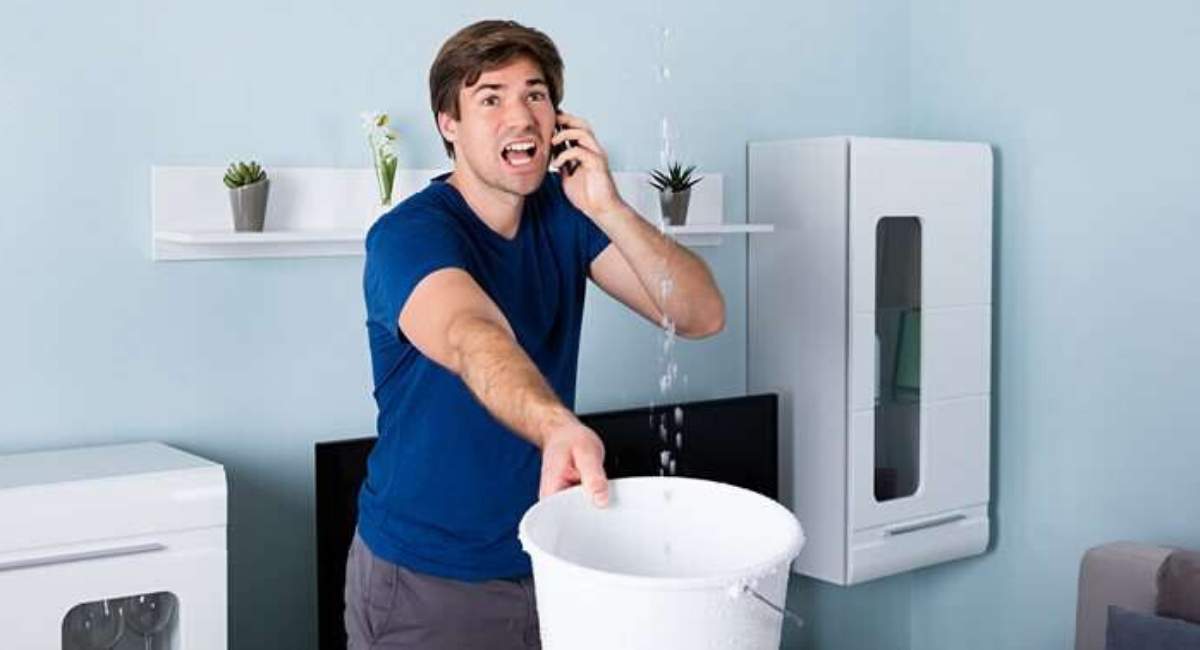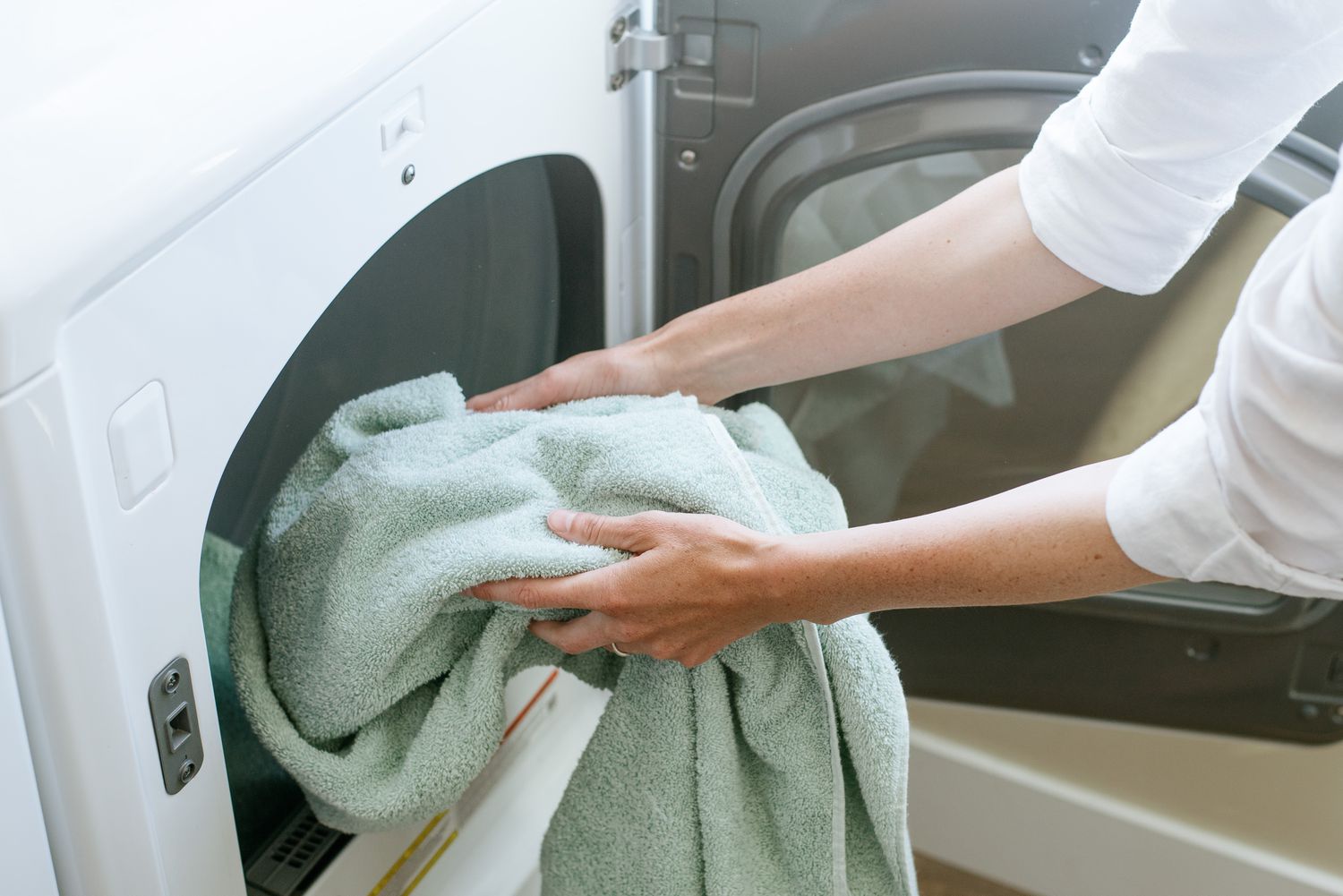Wine Cooler Not Cooling, How To Fix?
As wine enthusiasts, the anticipation of enjoying a perfectly chilled glass is met with disappointment when our beloved wine cooler fails to deliver the desired coolness. In this guide, we delve into the common challenges faced when a wine cooler refuses to cool and explore practical solutions for both DIY troubleshooting and professional interventions. From understanding thermostat intricacies to examining vital components like condenser coils, we'll navigate the intricacies of wine cooler maintenance. Join us in uncovering the essential steps to revive your wine cooler's cooling efficiency, ensuring your wine collection remains at its finest. Let's embark on a journey to restore the chill to our cherished bottles.
Why Is Your Wine Cooler Not Cooling?
When your wine cooler fails to perform its primary function of cooling, it can be frustrating and concerning. Understanding the common issues behind a non-cooling wine cooler is the first step towards finding a solution and preserving your valuable wine collection.
One of the frequent culprits for a malfunctioning wine cooler is a faulty thermostat. The thermostat is responsible for regulating the temperature inside the cooler. If it malfunctions, it can result in inaccurate temperature readings and, consequently, improper cooling. Regularly checking and calibrating the thermostat is crucial to ensure its accuracy.
Another common issue is a dirty or blocked condenser coil. The condenser coil plays a vital role in dissipating heat from the interior of the wine cooler. When dust and debris accumulate on the coil, it hinders the heat exchange process, leading to inadequate cooling. Regularly cleaning the condenser coil prevents this issue and maintains the cooler's efficiency.
Insufficient ventilation around the wine cooler is also a potential problem. If the cooler is placed in a confined space or against a wall, it may not have proper airflow, causing it to overheat and lose its cooling capacity. Ensuring proper ventilation by allowing sufficient space around the appliance can significantly impact its performance.
In some cases, a malfunctioning compressor might be the root cause of the cooling problem. The compressor is responsible for circulating refrigerant through the cooling system. If it fails, the cooler won't be able to extract heat effectively. Monitoring unusual noises or vibrations and addressing them promptly can help prevent compressor issues.
Regular maintenance, such as cleaning, checking the thermostat, ensuring proper ventilation, and being attentive to unusual sounds, is essential to prevent and address common cooling issues in wine coolers. By understanding these issues and taking proactive measures, you can extend the lifespan of your wine cooler and continue enjoying perfectly chilled wines.
Steps to Take When Your Wine Cooler Fails to Cool
When your wine cooler is not cooling as it should, taking proactive and hands-on measures can often resolve the issue without the need for professional intervention. Here are some practical DIY troubleshooting steps to help you get your wine cooler back to optimal cooling conditions:
Check the Power Supply
Ensure that the wine cooler is receiving power. Verify that the power cord is securely plugged into the outlet and that there is no damage to the cord. If there are any issues with the power supply, addressing them can quickly restore functionality.
Examine the Thermostat Settings
Verify the thermostat settings to ensure they are correctly configured for your desired temperature. If the thermostat is set too high or too low, it can impact the cooling efficiency. Adjust the settings and monitor the temperature to see if it improves.
Clean the Condenser Coils
Over time, dust and debris can accumulate on the condenser coils, hindering heat dissipation and affecting cooling performance. Regularly clean the coils with a soft brush or vacuum cleaner to remove any buildup, allowing for proper heat exchange.
Inspect the Door Seal
A compromised door seal can lead to temperature fluctuations and inadequate cooling. Check the door seal for any visible damage or signs of wear. If needed, replace the seal to ensure a tight and effective closure.
Assess Ventilation
Poor ventilation can contribute to overheating and reduced cooling efficiency. Confirm that there is adequate space around the wine cooler for proper airflow. If the cooler is built into cabinetry, ensure that there is sufficient ventilation space.
Monitor Compressor Operation
Listen for any unusual noises or vibrations coming from the compressor. These can be indicators of potential issues. If you notice anything unusual, it's advisable to consult the user manual for guidance or seek professional assistance.
By systematically going through these DIY troubleshooting steps, you can often identify and address the root cause of your wine cooler's cooling issues. However, if problems persist or if you are uncomfortable performing certain tasks, seeking professional help may be necessary for a comprehensive resolution.
Checking the Temperature Controls: A Crucial Step in Wine Cooler Maintenance
Proper temperature control is paramount for the efficient operation of your wine cooler and the preservation of your wine collection. Checking and maintaining the temperature controls is a crucial step in ensuring that your wine cooler functions optimally.
Start by reviewing the manufacturer's recommendations for the ideal temperature range for storing wines. Typically, white wines are stored at a slightly cooler temperature than red wines. Adjust the temperature controls accordingly to align with these guidelines.
Regularly monitor the temperature inside the wine cooler using an external thermometer. This cross-check ensures that the internal thermostat is accurately reflecting the real temperature. If there is a discrepancy, it may indicate a thermostat issue that needs attention.
Calibrate the thermostat if necessary, following the manufacturer's instructions. This process helps fine-tune the accuracy of the temperature settings and ensures that your wine cooler maintains a consistent and suitable environment for your wines.
Avoid frequent and unnecessary adjustments to the temperature controls, as this can lead to temperature fluctuations inside the cooler. Consistency is key to preserving the flavors and aromas of your wines.
Additionally, be mindful of the ambient temperature in the room where the wine cooler is placed. Extreme variations in room temperature can impact the cooler's efficiency. Ensure that the cooler is situated in a location with a stable ambient temperature.
By regularly checking and calibrating the temperature controls, you contribute to the longevity and reliability of your wine cooler. This simple yet crucial maintenance step safeguards your wine collection, allowing you to enjoy each bottle at its best.
Examining the Condenser Coils: Keeping Your Wine Cooler Efficient
The efficiency of your wine cooler is closely tied to the condition of its condenser coils, making regular examination and maintenance crucial for optimal performance. Here's why inspecting and cleaning the condenser coils is a key aspect of keeping your wine cooler efficient.
Condenser coils play a vital role in expelling heat from the interior of the wine cooler. Over time, these coils can accumulate dust, dirt, and debris, forming a layer that acts as insulation and hinders the heat exchange process.
Regularly examine the condenser coils for any visible buildup. If left unattended, this accumulation can force the compressor to work harder, reducing the overall efficiency of the cooler and potentially leading to a complete breakdown.
To clean the coils, use a soft brush or a vacuum cleaner with a narrow nozzle to gently remove the debris. Be cautious not to damage the coils during the cleaning process.
By ensuring that the condenser coils remain free from obstructions, you allow for proper heat dissipation. This, in turn, helps the wine cooler maintain the desired temperature more effectively, preserving the quality of your wine collection and extending the lifespan of the appliance. Regular attention to the condenser coils is a proactive measure that pays off in the form of consistent cooling performance and enhanced energy efficiency.
When to Seek Professional Help: Signs That It's Time for a Technician
Recognizing signs that indicate when to seek professional help is crucial for maintaining the longevity and efficiency of your wine cooler. If you observe persistent issues despite DIY efforts, it's likely time to call in a technician. Signs include:
Unusual Noises: Grinding, rattling, or excessively loud noises from the wine cooler may signify internal problems requiring professional assessment.
Consistent Temperature Fluctuations: If the cooler struggles to maintain a consistent temperature despite adjustments, a technician can diagnose and address the underlying issue.
Visible Leaks: Any signs of water or coolant leakage should prompt immediate professional attention to prevent further damage.
Faulty Compressor Operation: If the compressor is consistently cycling on and off or fails to operate, it's a clear indication that a professional technician's expertise is needed.
Electronic Malfunctions: Issues with the digital display, thermostat, or other electronic components may require specialized knowledge for effective resolution.
When these signs emerge, enlisting the help of a qualified technician ensures a thorough assessment and targeted repairs, safeguarding your wine cooler investment and the integrity of your wine collection.


